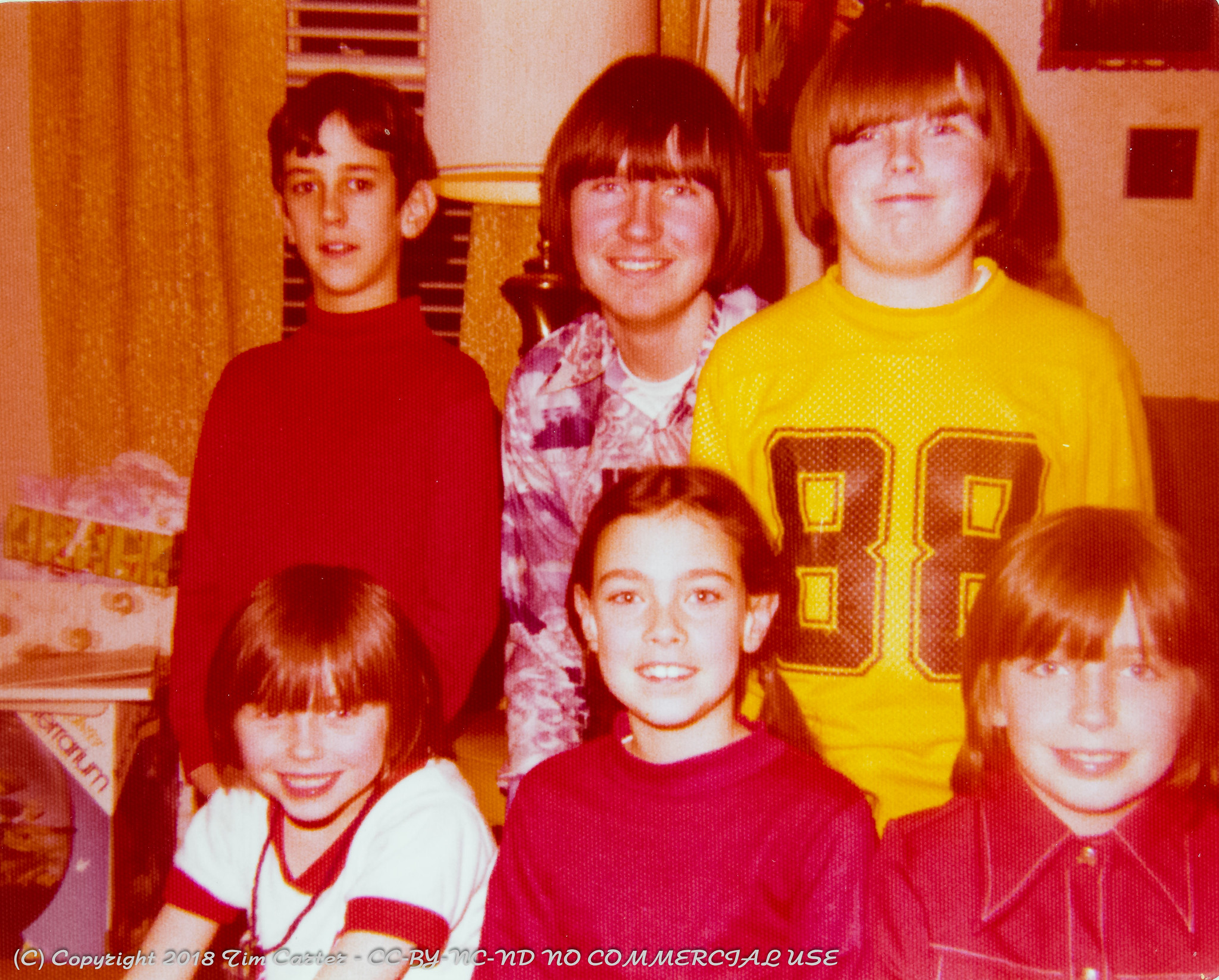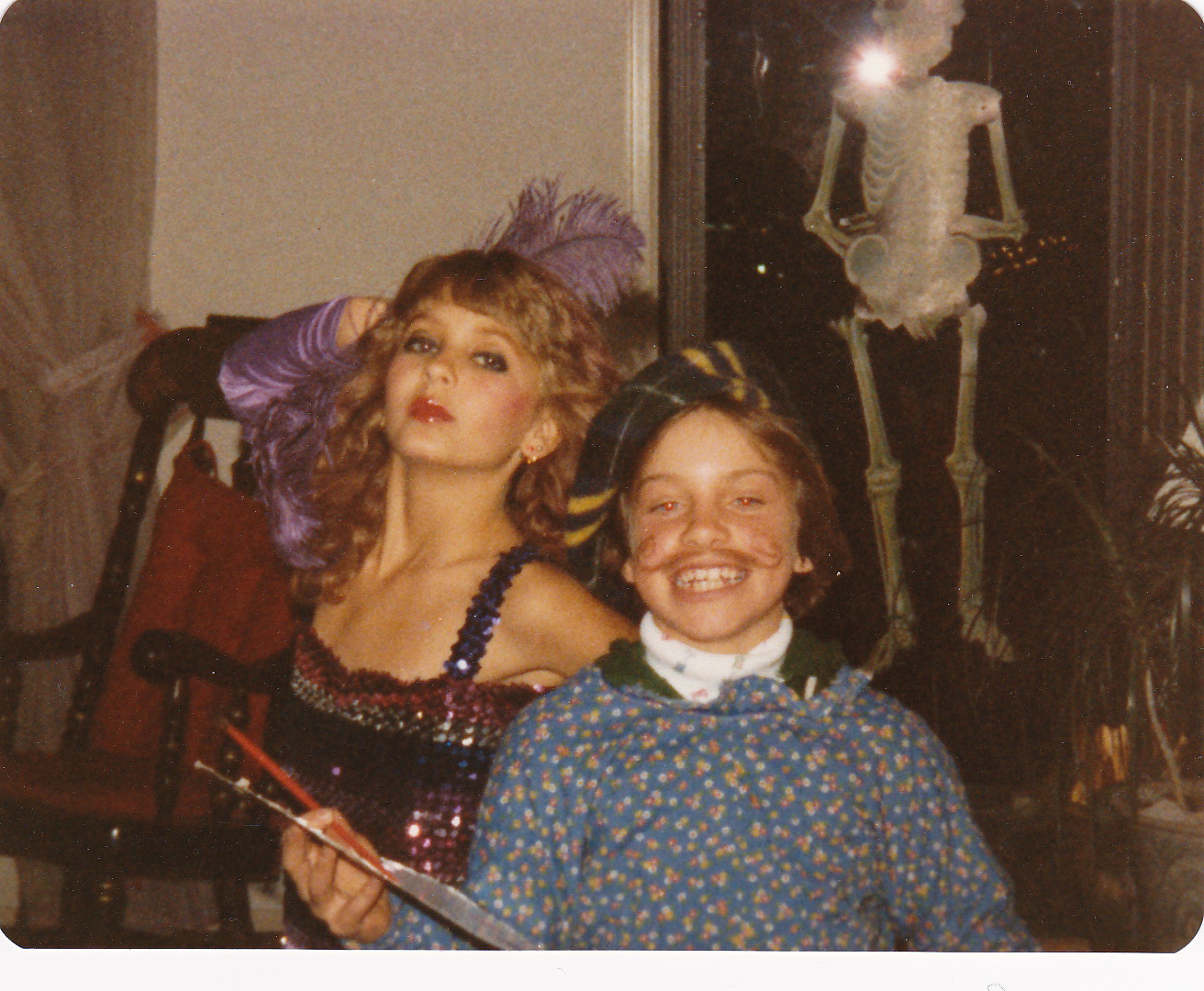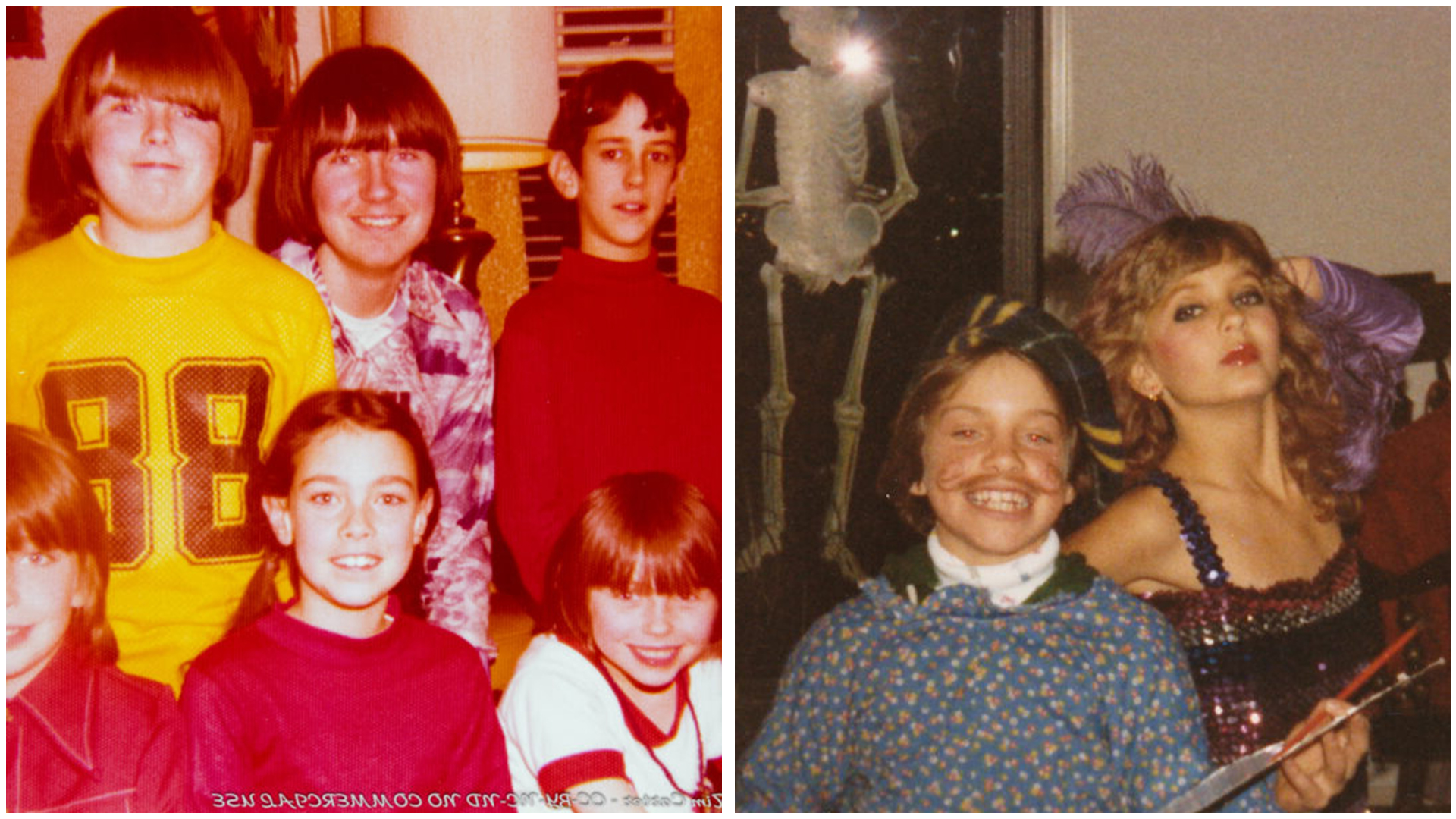In today’s fast-paced world, it’s easy to look back at the 1970s and ’80s and feel a sense of longing for simpler times. Those years carried a unique charm, especially for those who experienced the freedom of exploring their neighborhoods on bikes or walking to friends’ houses without needing to schedule every visit. The days were filled with face-to-face interactions, and relationships were shaped through real-life conversations instead of digital exchanges. Reflecting on this era reveals how much has changed in our ways of connecting and communicating with others.
The world in those decades was different in every way, from the technology available to the lifestyle choices people made. Kids would roam the streets with the simple instruction to be home before dark, and friendships were cultivated over shared experiences rather than online chats. Families often gathered for meals and spent evenings together, a stark contrast to today’s constant digital interactions. There’s something undeniably heartwarming about remembering the days when people would gather to chat, share stories, and build connections that felt grounded and sincere.

While no period is perfect, many people consider the ’70s a golden age compared to today’s world, which can sometimes feel disconnected despite being more connected digitally than ever before. Relationships have undergone a significant transformation, and looking at this shift from the ’70s to the present day offers insight into how social norms, communication styles, and friendship dynamics have evolved.
One of the most notable differences between then and now is communication. In the ’70s, people connected primarily through face-to-face conversations or landline phones. Letters and phone calls were the primary ways people stayed in touch, especially with long-distance friends and family. This form of communication was often cherished and carefully crafted, with letters sometimes becoming keepsakes. The widespread use of rotary phones, which began transitioning to touch-tone models during this time, added a tangible, almost ritualistic aspect to making a call. Phone calls weren’t just for a quick hello; they were meaningful exchanges often reserved for essential matters due to high phone rates. This contributed to a unique sense of anticipation and appreciation for each conversation.
Fast forward to today, and communication has become almost effortless but, in some ways, less personal. Technology has made it possible to talk to anyone, anywhere, instantly. Text messages, video calls, and social media allow for constant contact, but this can also lead to misunderstandings, as tone and emotion are easily lost in digital texts. While the ease of modern communication is convenient, many people feel it lacks the depth of past interactions, where each call or letter had a certain weight.

Dating, too, has undergone a profound transformation. The dating landscape of the ’70s relied on social skills and personal encounters. People met in person, whether at school, work, or even local gatherings, and forming a connection often required the courage to approach someone and start a conversation. Exchanging phone numbers was a pivotal step, and planning dates required real effort and commitment. Relationships had traditional roles, with men generally initiating dates and taking on certain responsibilities.
Today, dating apps have transformed how people meet. Platforms like Tinder, Bumble, and Hinge allow individuals to connect without the initial social pressures of face-to-face meetings. While this has opened up a world of possibilities, it has also altered the process of forming connections. Roles in dating have become more fluid, with both partners participating equally in decisions and responsibilities. The dating culture of today emphasizes choice and accessibility, contrasting sharply with the more defined and traditional dating patterns of the past.
Commitment and marriage were also viewed differently in the ’70s. Marriage was often seen as an essential milestone, with many couples marrying young and prioritizing family life. This era showed high levels of reported marital happiness, with a substantial majority expressing satisfaction in their marriages. Divorce, while increasing, was still less common, and marriage represented stability and partnership. The notion of commitment was tied closely to marriage, with societal norms encouraging couples to work through challenges rather than parting ways.

In the present, many young people prioritize personal development and career goals before settling down. Relationships are more fluid, with an increasing number of couples living together before marriage or deciding not to marry at all. The approach to commitment has evolved, with people valuing independence alongside partnership. This shift reflects changing societal attitudes, where marriage is no longer a universal expectation but a choice based on individual preferences and values.
The role of gender in relationships has also undergone significant changes. The feminist movement of the ’70s sparked a shift in women’s roles within relationships, advocating for equality and challenging the notion that women should remain at home. At that time, society often viewed women primarily as homemakers, with limited job opportunities available to them outside the home. This norm placed constraints on women, especially those with families, who faced societal scrutiny if they chose to work.
Today, there is broader acceptance of diverse relationship structures, including same-gender and non-traditional partnerships. Gender roles have become more flexible, allowing individuals to define their roles within a relationship based on mutual respect and shared goals rather than societal expectations. This evolution has created a more inclusive environment, with both partners often working and contributing equally to the relationship.
Friendships have also transformed over the decades. In the ’70s, friendships were based on personal connections and shared activities. Without digital distractions, people spent time with friends in person, creating bonds over real experiences rather than virtual interactions. Friends would gather to chat, play games, or simply hang out without interruptions from phones or computers. Social gatherings were intimate, and friendships were measured by quality rather than quantity.

Today, social media has changed the way people connect with friends. While it has allowed us to stay in touch with old friends and acquaintances, it has also created a superficial layer of connection. Some argue that social media friendships lack the depth and meaning of the friendships of the past, as people may have hundreds of “friends” online but few close connections in real life. The ease of communication through social media can be both a blessing and a challenge, making it harder to form meaningful, lasting bonds.
The influence of social media on relationships extends to romantic partnerships as well. In the past, public displays of affection were subtle, and relationship milestones were often kept private. Today, it’s common to share every moment of a relationship on platforms like Instagram and Facebook. Social media has made it possible to display affection publicly, but it has also introduced new pressures, as people may feel compelled to maintain a certain image of their relationships online.
Lastly, awareness of mental health has changed the way people approach relationships. In the ’70s, mental health issues were often stigmatized, and people had limited options for seeking help. There was little understanding of the importance of mental well-being in relationships, and people were often left to cope on their own.
Today, mental health is acknowledged as a critical aspect of relationships. Couples are encouraged to communicate openly about their emotional needs and seek professional help if needed. Therapy and mental health support have become more accessible, allowing individuals to address personal challenges and build stronger, healthier relationships. This shift has led to a more compassionate and supportive approach to relationships, where emotional well-being is a shared priority.
The friendships and relationships of the ’70s carried a special sense of authenticity and simplicity. People built connections through shared experiences and face-to-face interactions, free from the distractions of digital life. While today’s relationships have their own advantages, the nostalgia for the past highlights the timeless value of genuine human connection. As we move forward, perhaps we can take inspiration from the past to create more meaningful relationships in a digitally connected world.
